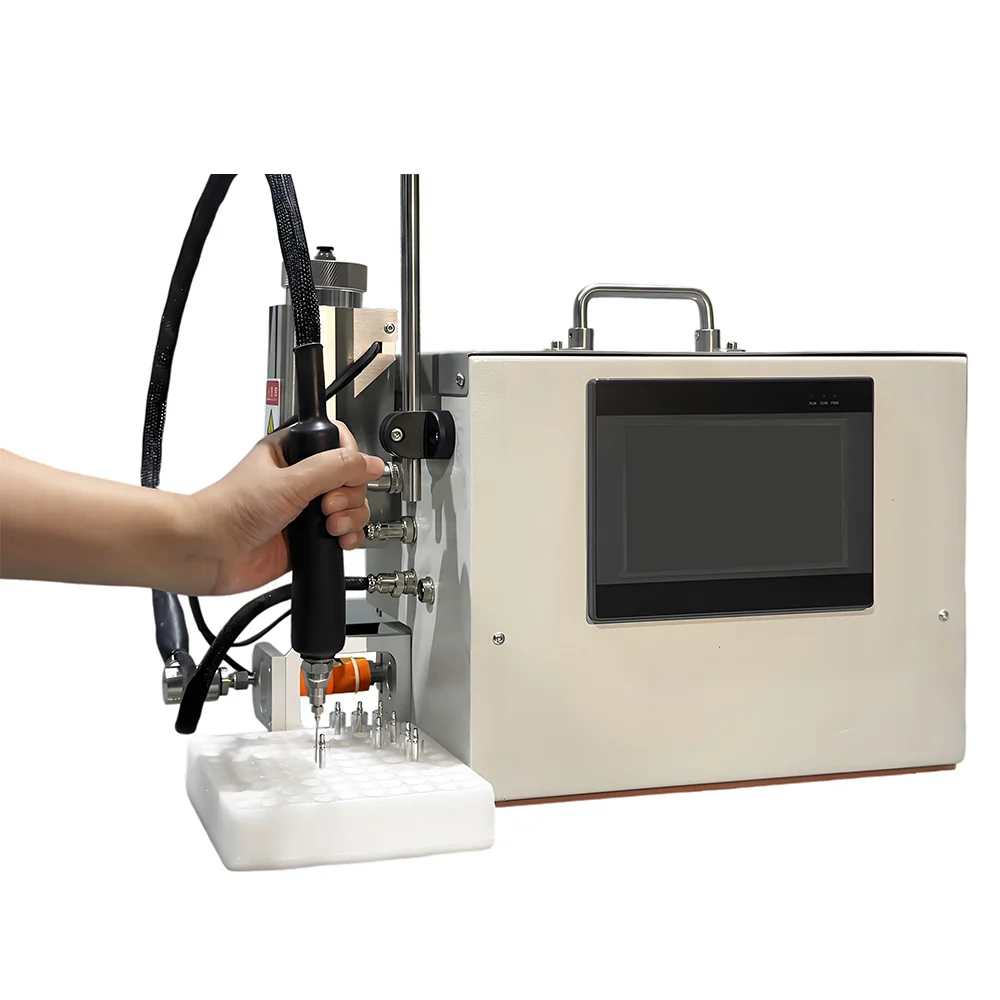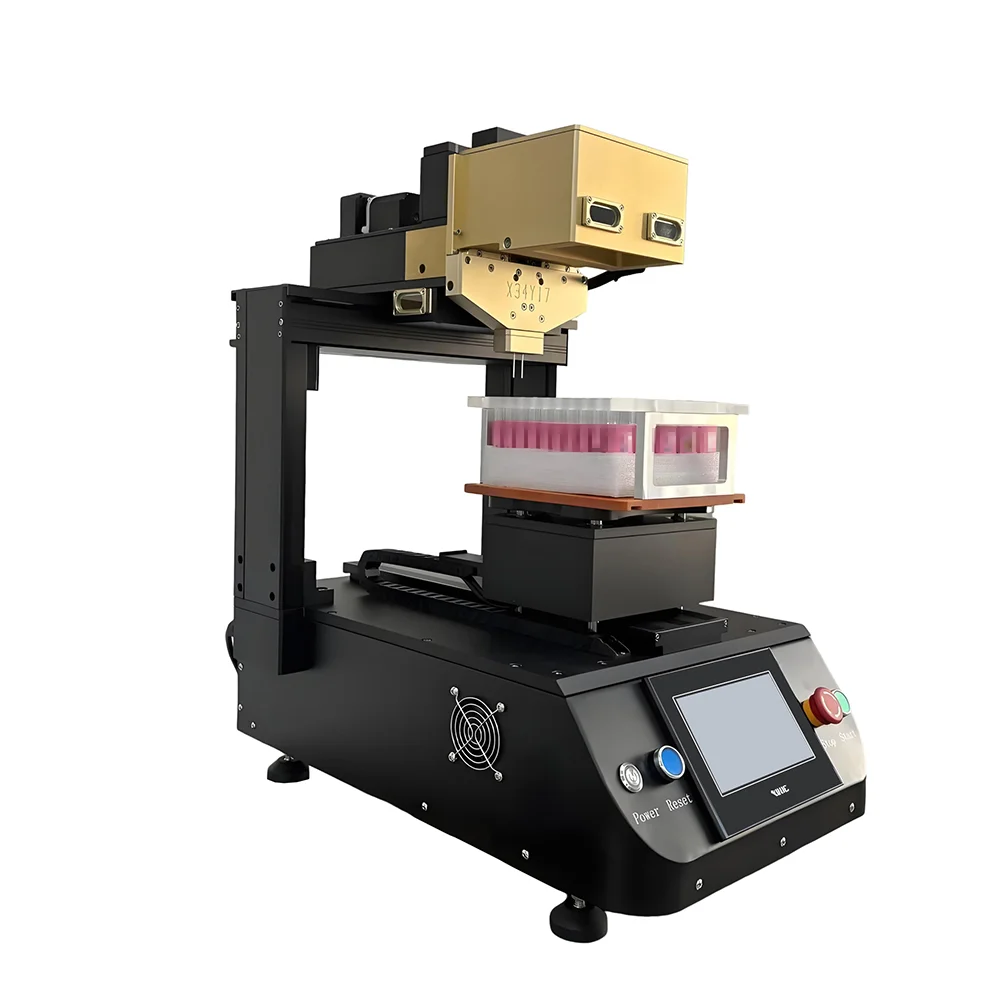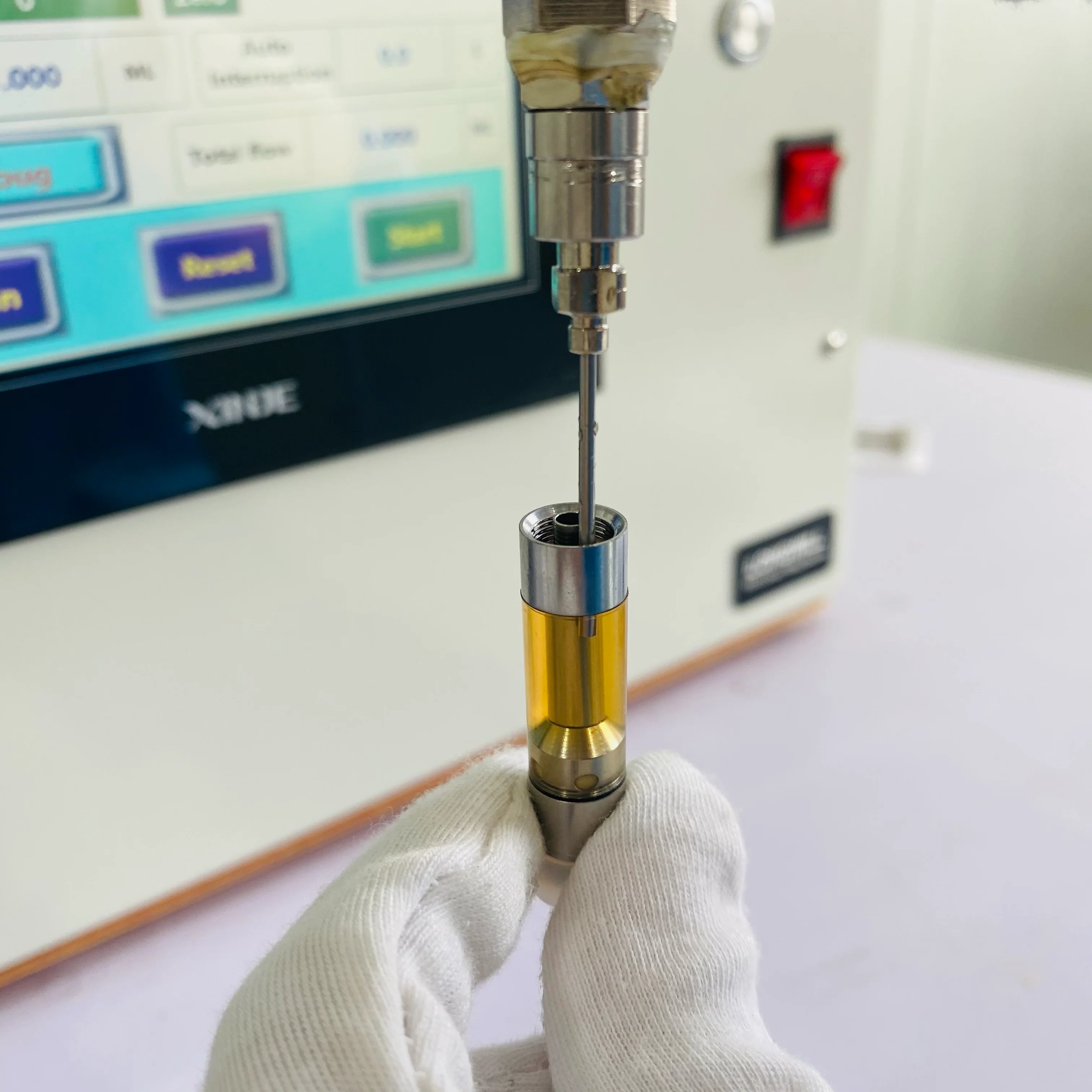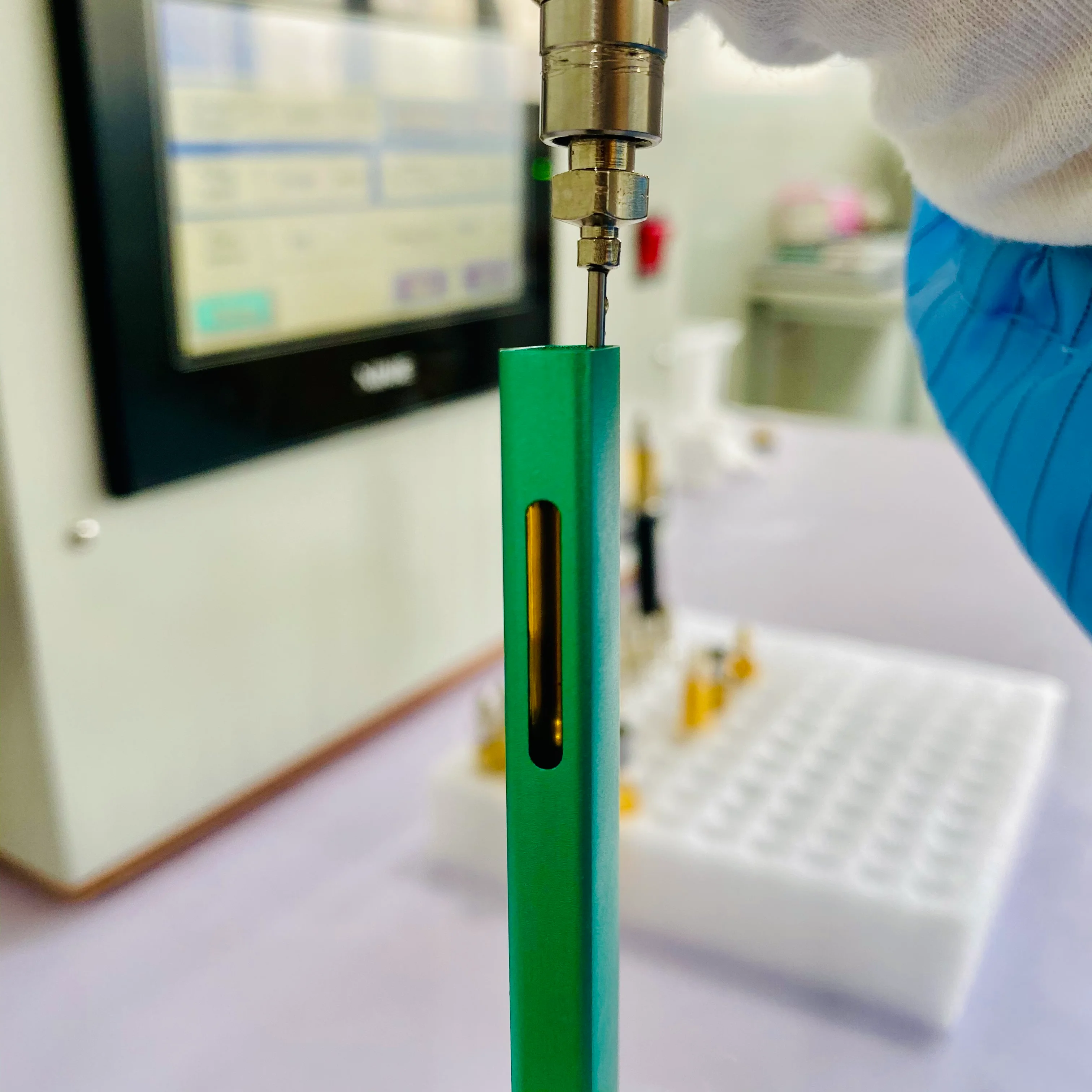Semi Automatic VS Automatic Oil Filling Machine — Which One Is Right for Your Manufacturing Process?
Choosing the right oil filling machine is a critical decision for any manufacturer in the edible oil, beverage, cosmetics, or industrial lubricants sector. The right equipment not only impacts production speed and accuracy but also influences labor efficiency, operating costs, and long-term profitability. Among the most common options, the Semi-Automatic Oil Filling Machine and the Automatic Oil Filling Machine each offer unique benefits and limitations.
This article is designed to help you compare the Semi-Automatic Oil Filling Machine and the Automatic Oil Filling Machine in detail—covering their differences, advantages, and ideal applications
Understanding the Oil Filling Machine
What is a Semi Automatic Oil Filling Machine?
If your business is in the early growth stage or often needs to handle different types of oil products, a Semi-Automatic Oil Filling Machine can give you the versatility you’re looking for. With this type of oil filling machine, operators manually place containers under the filling nozzles, while the system takes care of accurate dosing and dispensing. This hybrid setup blends the precision of automated filling with the flexibility of manual oversight, making it easier to fine-tune settings for small production runs, specialty oils, or frequent product changes.

In most cases, a Semi Automatic Oil Filling Machine requires manual bottle positioning, with the filling process triggered by a foot pedal or control switch. Because an operator is still actively involved, any irregularities can be spotted and corrected right away, and changing between container sizes can be done quickly without major adjustments. This combination of partial automation and manual control makes it a popular choice for custom orders, seasonal batches, trial production, or niche market products where adaptability is crucial.
What is an Automatic Oil Filling Machine?
When your priority is speed, consistency, and minimal labor involvement, an Automatic Oil Filling Machine can significantly improve production efficiency. In a fully automated oil filling machine setup, bottles are automatically fed along a conveyor belt, passing through filling, capping, and labeling stations without constant human intervention. This seamless process ensures that each container is filled to precise specifications and packaged to maintain consistent quality.

An Automatic Oil Filling Machine typically includes features such as automated bottle feeding, high-speed filling heads, and synchronized capping and labeling modules. For manufacturers, this means faster production cycles, reduced labor costs, and lower contamination risks thanks to an enclosed workflow. These machines are widely used in edible oil production, large-scale beverage bottling, industrial lubricants, and cosmetics manufacturing—industries where continuous, high-volume output is essential to staying competitive without compromising quality standards.
Key Differences Between Semi Automatic and Automatic Oil Filling Machine
Factor | Semi-Automatic Oil Filling Machine | Automatic Oil Filling Machine |
Speed & Production Capacity | Suitable for small to medium-scale output; speed depends on operator efficiency. | Designed for high-volume, continuous production with consistent speed. |
Accuracy & Consistency | Good accuracy with operator oversight, but consistency may vary slightly between batches. | Delivers highly consistent fill levels with minimal variation across large volumes. |
Labor Requirements | Requires manual bottle placement and supervision; higher labor involvement. | Minimal operator input once set up; lower long-term labor costs. |
Initial Investment & Maintenance Costs | Lower upfront cost; simpler maintenance. | Higher initial investment; maintenance may require specialized technicians. |
Flexibility for Different Bottle Sizes or Products | Easy to adjust for different container sizes and oil types; ideal for custom orders. | Less flexible for frequent changeovers; best for standardized production. |
Space & Infrastructure Requirements | Compact design; can fit into smaller production areas. | Requires more floor space and structured production layout. |

When to Choose a Semi Automatic Oil Filling Machine
If your production line is still developing or you often work with smaller, customized batches, a Semi-Automatic Oil Filling Machine can be a practical and cost-effective choice. For small to medium-sized manufacturers and startups, this type of oil filling machine offers solid performance without placing heavy demands on your budget.
One of its biggest advantages is adaptability. Changing between different bottle sizes, shapes, or oil varieties can be done with minimal downtime, making it ideal for operations that deal with multiple product lines or seasonal demand. Since a Semi-Automatic Oil Filling Machine involves some manual handling, you keep more control over the process, allowing for on-the-spot adjustments to maintain product quality. This mix of human oversight and partial automation is especially valuable when you want operational flexibility without committing to the cost and infrastructure of a fully automated system.

When to Choose an Automatic Oil Filling Machine
If meeting high production targets with consistent quality is a priority, an Automatic Oil Filling Machine can be a game-changer. Built for continuous operation, these systems can handle large volumes—processing hundreds or even thousands of bottles per hour—while maintaining precise and repeatable filling levels.
With minimal need for manual intervention, you can significantly increase throughput and allocate staff to other tasks. The automated process ensures uniform fill levels, helping to reduce product waste and enhance brand consistency. The enclosed design of an Automatic Oil Filling Machine also helps protect your product from contamination, which is critical in industries like edible oils, beverages, cosmetics, and industrial lubricants. Although the initial investment is higher compared to semi-automatic models, the long-term gains in efficiency, labor savings, and product quality often make it a worthwhile decision.

Key Factors to Consider When Choosing an Oil Filling Machine
Choosing between a Semi-Automatic Oil Filling Machine and an Automatic Oil Filling Machine comes down to aligning the machine’s capabilities with your operational needs, product range, and growth plans.
Production Volume: For large-scale, continuous output, an automatic system can maintain high capacity without sacrificing quality. For smaller production runs, a semi-automatic setup delivers efficiency at a lower cost.
Budget: Automatic models require a bigger upfront investment but tend to provide a better long-term return. Semi-automatic machines are more affordable initially, making them easier to integrate into smaller operations.
Product Complexity: Consider the viscosity of your oils and the variety of bottles you use. If you often switch between products or packaging formats, a semi-automatic system is more adaptable.
Labor Requirements: Automatic machines reduce staffing needs significantly, while semi-automatic models still require active operator involvement.
Quality and Consistency: Automatic systems excel at delivering uniform results, while semi-automatic machines allow more direct control for specialty or custom products.
Conclusion
Both the Semi Automatic Oil Filling Machine and the Automatic Oil Filling Machine have their place in modern manufacturing, but the best choice depends on your specific needs. If flexibility, lower initial cost, and hands-on control are your priorities, a semi-automatic system can serve you well. On the other hand, if your business requires high-speed, high-volume output with minimal labor involvement, investing in an automatic system can deliver long-term efficiency and consistency.











